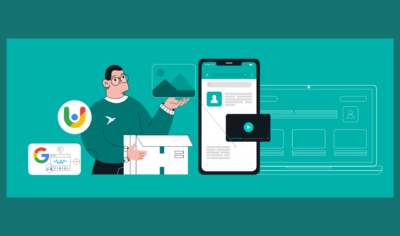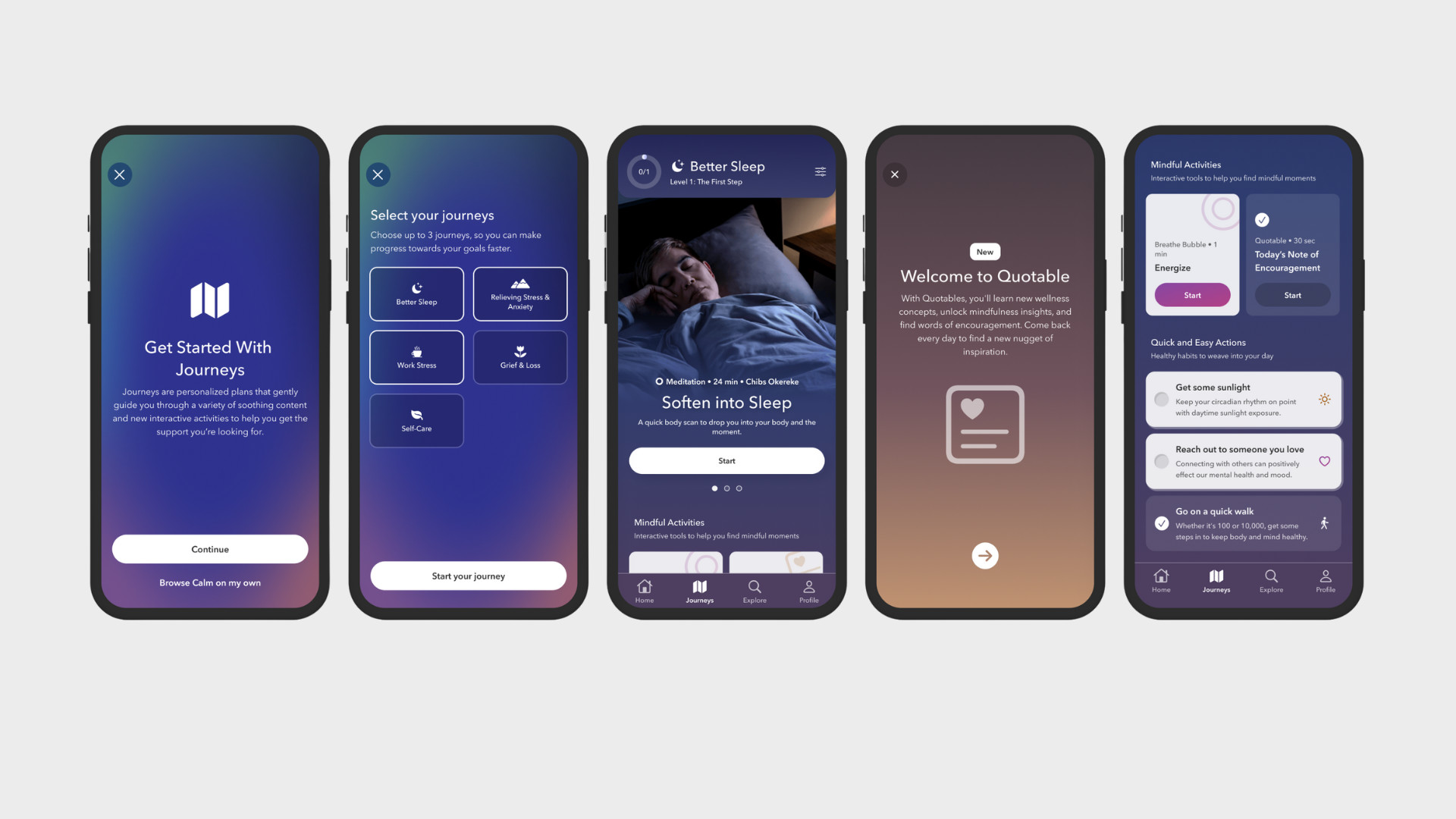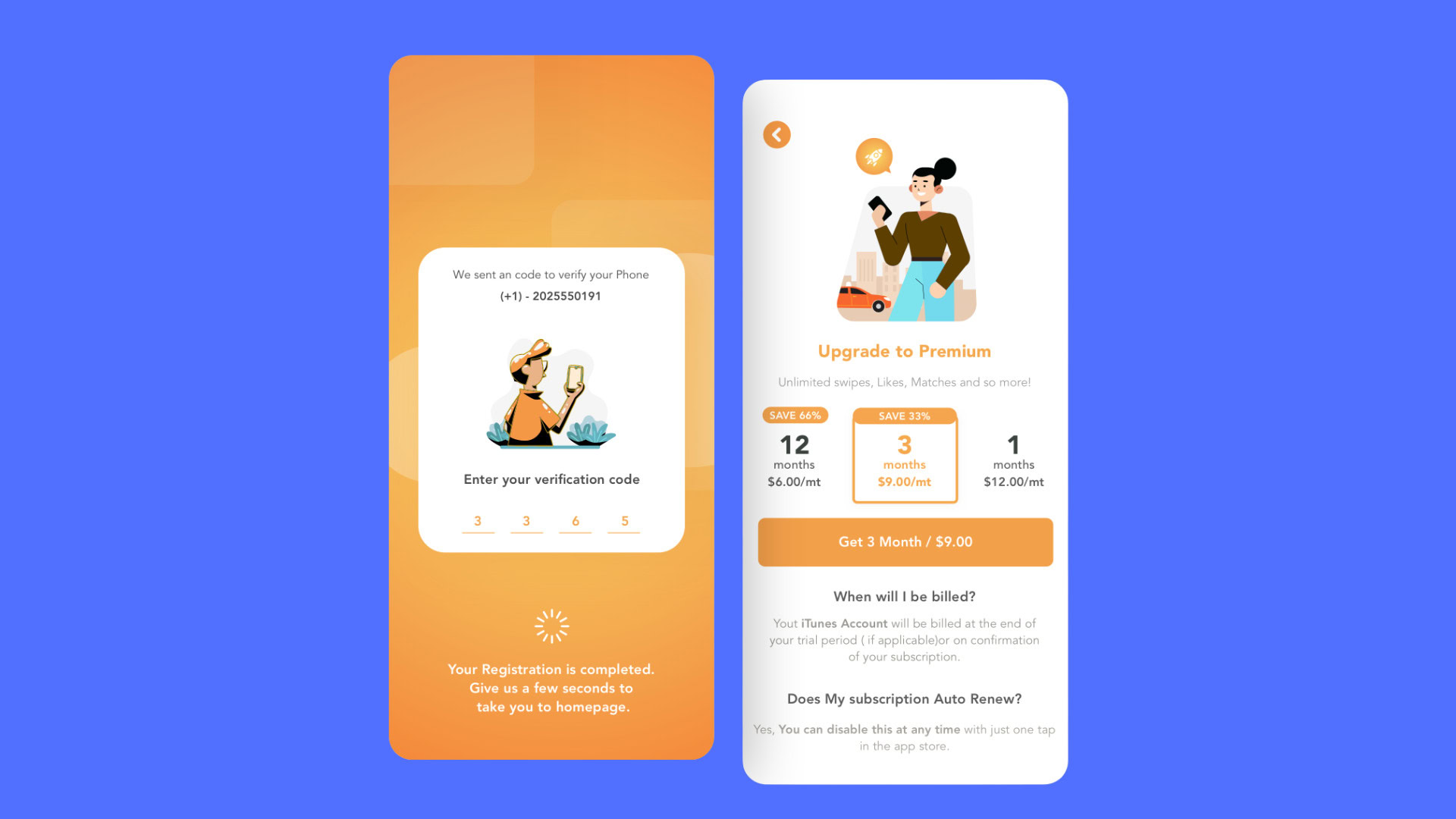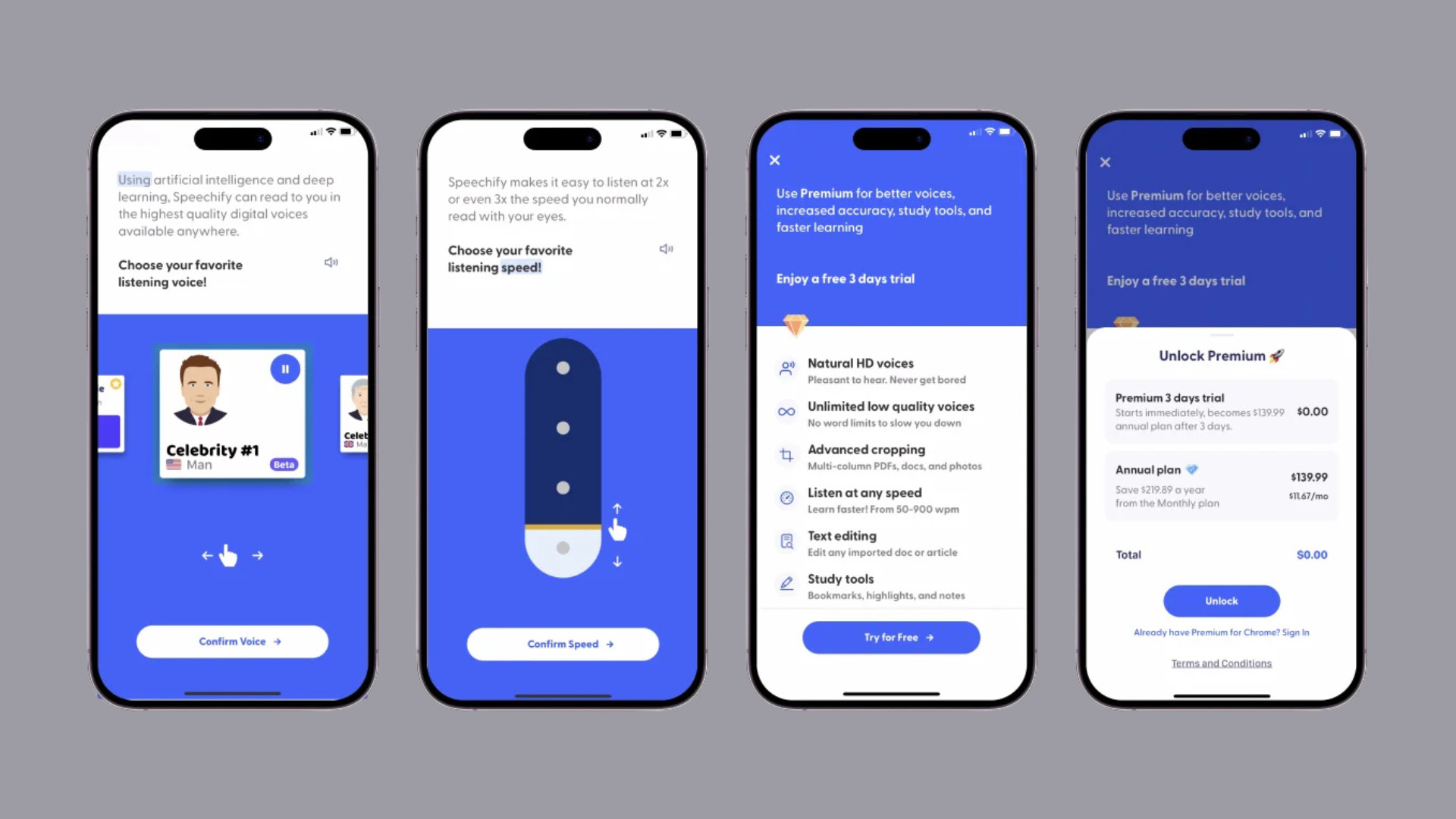
Empty States, Error States & Onboarding: The Hidden UX Moments Users Notice
When discussing user experience design, the spotlight often falls on primary workflows. Design teams tirelessly debate color schemes, button placements, and navigation patterns, focusing on dashboards, checkout processes, and feeds. Yet, the majority of users rarely remember these polished screens as their defining experience. Instead, what sticks are the awkward silences when they first log in and see nothing, the cryptic error messages that pop up at critical moments, or the initial onboarding minutes that either spark excitement or prompt them to close the app forever.
A key part of a UX designer’s job is to shape these hidden moments, ensuring that every interaction feels intentional and engaging for the user.
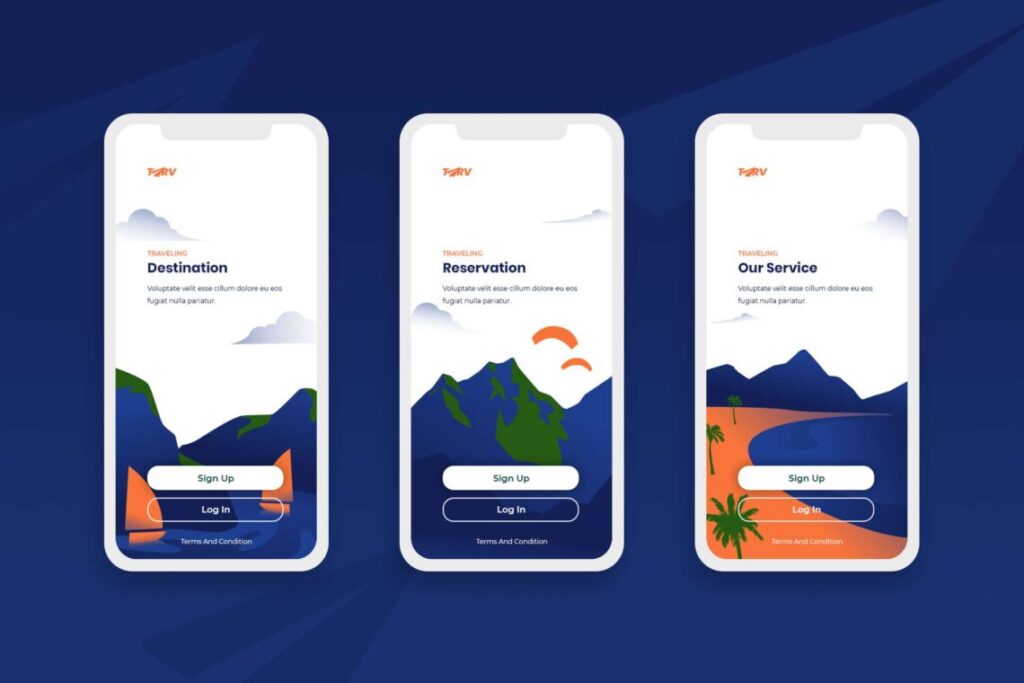
These “in-between” moments—empty states, error states, and onboarding—are easy to overlook but leave a significant impression. Although they may seem like minor features, they are what separate a polished, dependable product from one that feels clumsy or cold. Ignoring these moments risks upsetting users or losing them entirely. By investing in them, companies can transform otherwise forgettable encounters into meaningful experiences that keep customers coming back, benefiting both the customer and businesses through increased satisfaction and loyalty. A company’s attention to these details defines user experience and can set them apart from competitors, driving business success.
Table of Contents
Defining the Hidden States
To appreciate why these moments are so crucial, it helps to define what they are.
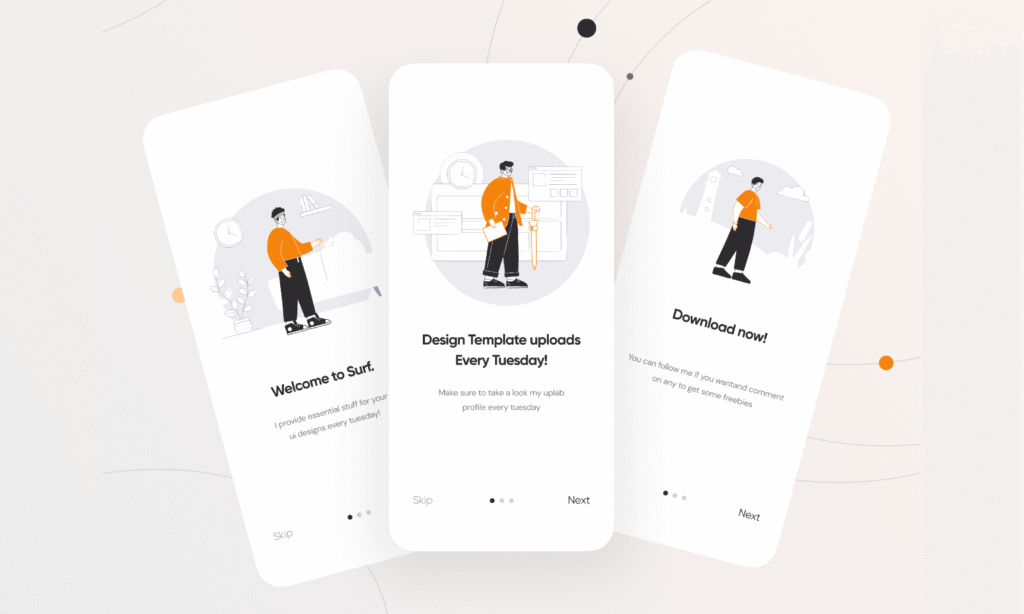
Onboarding serves as your product’s welcome mat. It’s how you introduce new users, help them understand the benefits, and gently guide them toward that initial “aha” moment when everything finally makes sense. A well-designed onboarding process sets the tone for the entire user experience, making users feel confident and valued from the start. Effective onboarding is supported by clear information architecture, which ensures that users can easily navigate and understand the structure of the particular product, including its empty states.
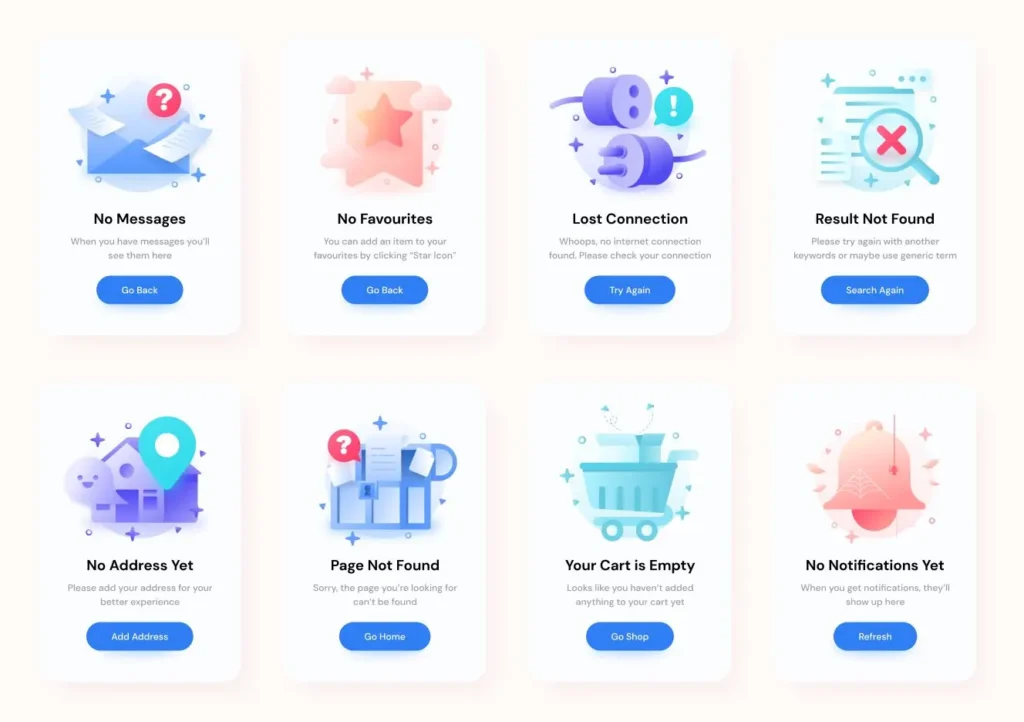
Empty states are the blank canvases of your app. Consider the empty inbox in Gmail before your first email arrives, the fresh playlist in Spotify waiting to be filled, or the blank dashboard in a project management tool. These screens might feel barren and unhelpful, but when designed thoughtfully, they inspire action and reassure users about what to do next, fostering a sense of clarity and direction.
Error states are inevitable moments when something goes wrong—whether it’s an internet outage, a password mismatch, or an app glitch. Though often frustrating, error states offer an opportunity to reassure users, explain what’s happening, and help them get back on track without losing trust or patience.
Together, these states form a safety net in the user journey. They may not be glamorous, but they are essential for a seamless and satisfying user experience. These hidden states influence the user’s experience by shaping their perceptions during anticipated use of the particular product, and involve multiple aspects such as usability, emotional response, and the overall effectiveness of the design.
The Hidden Influence on User Satisfaction and Retention
Think about the last time you downloaded a new app. Within minutes, you likely made an unconscious decision about whether to keep it or uninstall it. This decision is heavily influenced by onboarding.

Regardless of how powerful the software is behind the scenes, if the introduction feels overwhelming or irrelevant, most users won’t stick around long enough to discover its value. Duolingo is a prime example of excellent onboarding. It doesn’t bombard users with endless personal questions upfront. Instead, it immediately immerses users in learning new words, creating a quick win that builds momentum and investment.
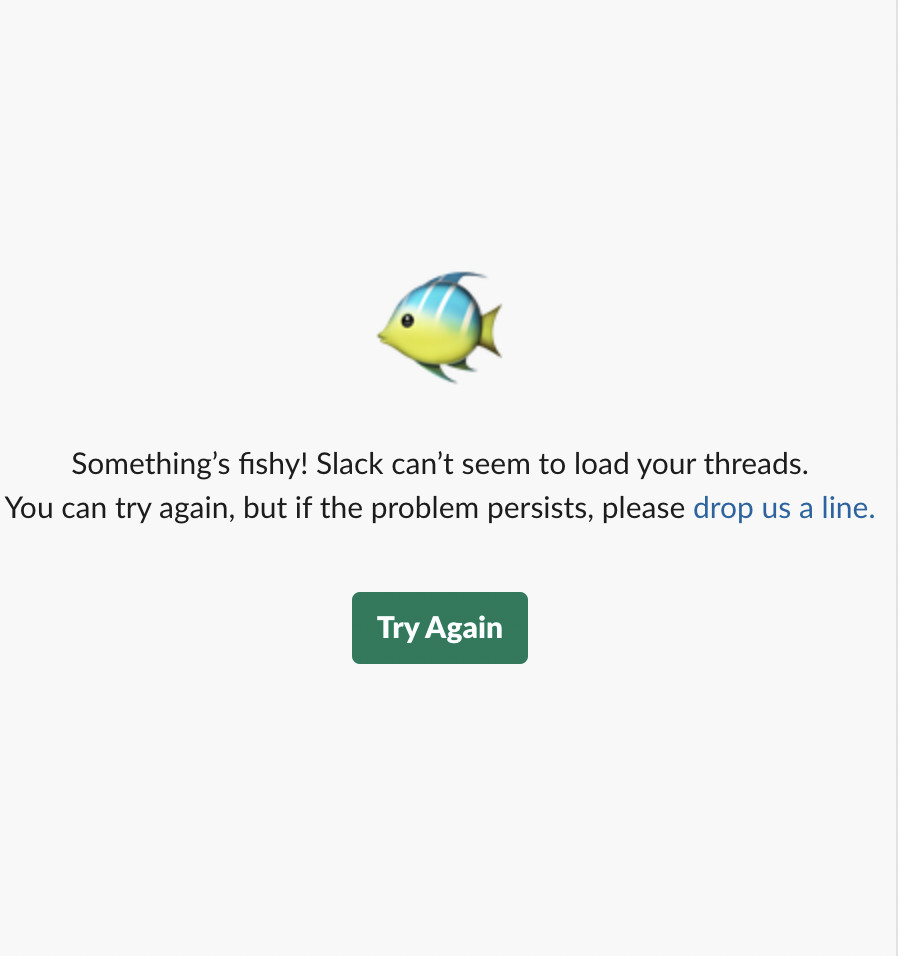
Empty states carry their own weight in shaping user perceptions and a person’s perceptions of the product. Walking into an empty restaurant feels uninviting, and the same applies digitally. Users may feel lost or question whether they signed up for the wrong product if faced with a blank dashboard without guidance. Trello counters this by greeting new users with a completed sample board, offering a clear example of functionality and potential uses without overwhelming tutorials. This transforms a dead-end into an insightful starting point.
Error states reveal even more about a company’s commitment to user experience. No one expects software to be flawless, but how a product handles problems is critical. Imagine encountering a vague “Error 503” message just as you’re about to place a dinner order—it’s not just inconvenient but erodes trust. In contrast, Slack’s error messages combine clear explanations with witty, human copy, turning frustrating moments into opportunities to reinforce user trust. Instead of feeling like the app is broken, users feel cared for.
These small details accumulate, shaping how users perceive a brand, how much they trust it, and whether they remain loyal customers. Positive handling of these states not only keeps customers happy but also fosters brand loyalty by ensuring users feel valued and supported throughout their experience.
How Design Trends Are Reshaping These Moments
Short answer: Graphic designers focus on visual aesthetics and branding, while UX professionals concentrate on optimizing the overall user experience, especially in hidden states.
Design teams have dramatically evolved how they handle these hidden states. Visual elements now play a significant role. For instance, Mailchimp uses playful illustrations, while Asana celebrates task completion with flying unicorns. These animations and illustrations add personality and warmth to moments that might otherwise feel transactional or cold. Prototyping tools and UX research help teams iterate on these design elements, allowing them to analyze user feedback and refine interactions for better usability.

Tone of voice has also become more sophisticated. Instead of cold, robotic messages like “Invalid input,” apps increasingly use conversational microcopy that feels human and supportive. A message such as “That email doesn’t look quite right. Did you mean gmail.com instead of gmal.com?” not only solves the problem but does so in a friendly, approachable manner. UX professionals and graphic designers often collaborate to create products that are both functional and visually appealing, ensuring the messaging aligns with the brand and enhances the user experience.
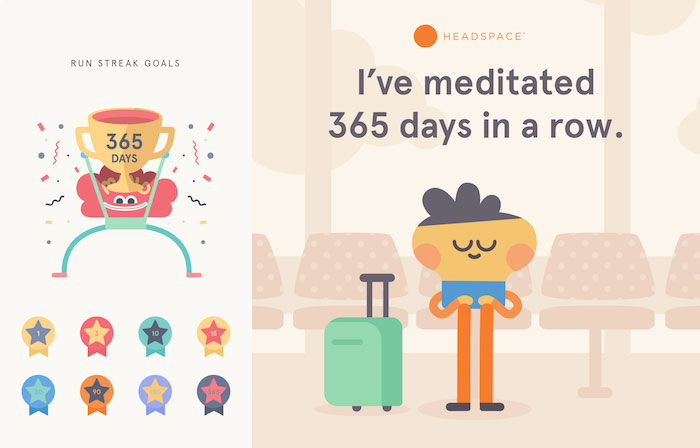
Personalization is another growing focus. Modern onboarding processes are no longer one-size-fits-all. Duolingo, for example, asks why you’re learning a language—travel, school, or work—and adapts lessons accordingly. This simple question makes the experience feel tailored and relevant rather than generic.
Reducing friction is a priority as well. Dropbox, for example, allows users to upload their first file immediately without completing a full profile, enabling users to experience value faster. Gamification elements also enhance engagement. Headspace celebrates meditation streaks, and LinkedIn nudges users to complete profiles with progress meters. These small rewards create momentum and make routine tasks enjoyable. Design decisions in these cases are made by designers who remain focused on user needs, balancing usability with business goals to ensure a positive and engaging experience.
Real-world examples highlight the impact of good versus bad design in these hidden states.
Duolingo’s onboarding feels effortless; within seconds, users are practicing, making the experience inviting. Dropbox’s onboarding is similarly effective, focusing on one simple action—uploading a file—without overwhelming users with features. Many mobile apps and websites handle onboarding and empty states by providing clear guidance and helpful prompts, ensuring users feel supported from the start.
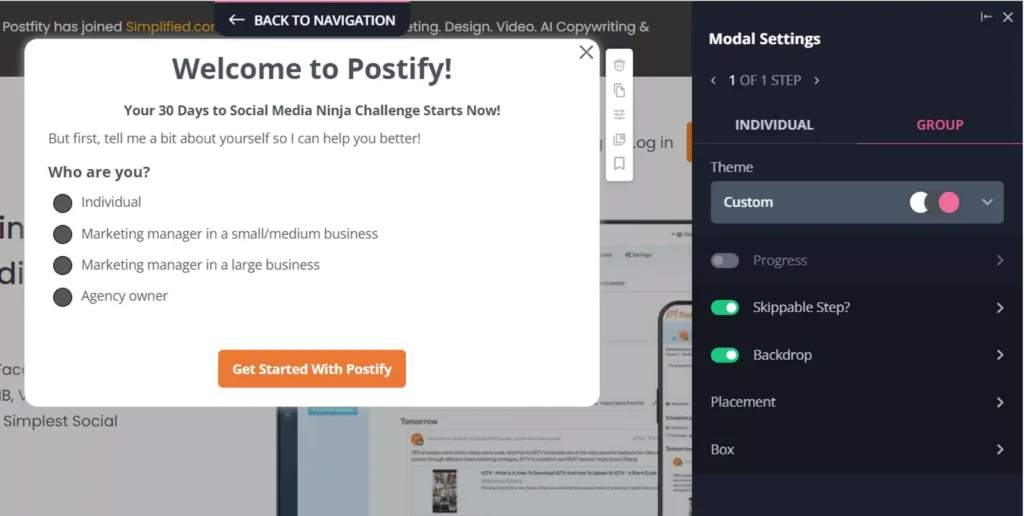
In contrast, some financial apps demand extensive personal information upfront, which, while necessary for compliance, can feel brutal and discouraging for users who want to explore the app first. Similarly, apps that force users through lengthy tutorials without the option to skip often see high drop-off rates.
Empty states tell a similar story. Spotify cleverly fills empty playlist screens with recommendations, turning blank spaces into sources of inspiration. Project management tools like ClickUp suggest creating the first task or offer templates, guiding users forward. When users are searching and get no results, good design provides helpful suggestions or alternative actions to keep them engaged. Meanwhile, products that simply display “No data yet” leave users feeling lost and unengaged.

Error states also vary widely. Slack’s playful and clear error messages have become a gold standard, turning technical failures into moments of charm. Google Docs handles errors gracefully by automatically saving work offline and syncing later, reassuring users that their data is safe. Handling design error states as a service to users—by providing clear explanations and recovery options—creates trust and reduces frustration. Robust systems and services contribute to solving problems by ensuring users can recover from errors and continue their tasks. Conversely, generic messages like “Something went wrong” or cryptic error codes leave users confused and frustrated.
Thoughtful design creates positive experiences even when things go wrong, helping users feel supported and confident in the product.
Search Results and Empty States
When users perform a search and are met with no results, it’s a classic example of an empty state that can make or break the user experience. Instead of leaving users at a dead end, UX designers have an opportunity to turn this moment into a positive interaction. According to the Interaction Design Foundation, a thoughtfully crafted empty state in search results can significantly boost user satisfaction and reduce churn. For instance, if a user searches for a product and nothing matches, the user interface can offer alternative search terms, suggest related categories, or provide helpful tips to refine the query. This approach not only helps users understand what went wrong but also guides them toward a solution, reinforcing the principles of effective UI design. By proactively addressing empty states in search results, designers ensure users feel supported rather than frustrated, which is essential for creating a seamless and engaging user experience.
Starter Content and Empty States
Starter content plays a pivotal role in transforming empty states from intimidating blank slates into inviting starting points. By providing users with examples or templates, UX designers help users visualize what’s possible and encourage them to take the first step. For example, a note-taking app might display a sample note or a friendly prompt, making it easier for users to begin writing. Don Norman, a pioneer in UX design, emphasizes that starter content can foster a sense of engagement and motivation, which is crucial for a positive user experience. Incorporating starter content into empty states not only reduces uncertainty but also sparks creativity, making the interface design more interactive and approachable. By leveraging starter content, designers create a welcoming environment that empowers users to explore and create, ultimately enhancing the overall UX design.
Usability Testing and Empty States
Usability testing is a cornerstone of the UX design process, especially when it comes to refining empty states. Through usability tests, UX designers can observe real users as they interact with the product, uncovering pain points and areas where empty states may cause confusion or hesitation. The Nielsen Norman Group highlights that usability testing helps designers identify where users struggle, such as not knowing what to do next when faced with an empty state. These insights enable designers to add clear instructions, calls to action, or visual cues that align with both user needs and business objectives. By prioritizing usability testing, design teams can ensure that empty states are not just visually appealing but also intuitive and helpful, directly contributing to improved usability and a more satisfying user experience.
How to Design and Optimize Hidden States
Designing these hidden states well is not guesswork. Top design teams rely on user research, usability testing, and analytics to identify friction points in onboarding, empty states, and error messages. For example, if analytics show most users abandon onboarding at a certain step, it signals a problem that needs addressing.
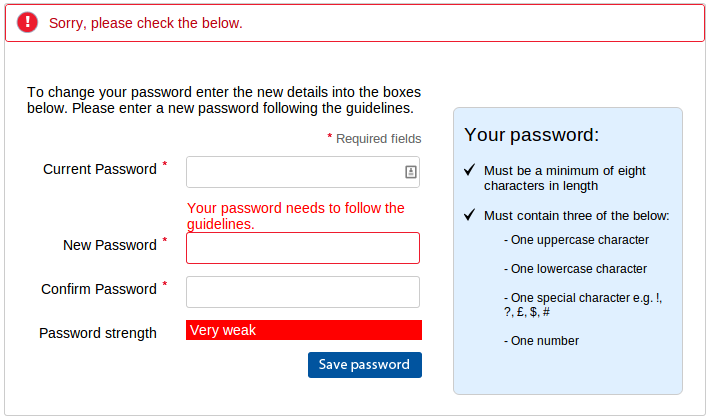
Experimentation is key. Small tweaks in microcopy can significantly influence user behavior. A password error message that says “Password must be 8 characters” feels harsh, whereas “Almost there, make sure your password has at least 8 characters” sounds encouraging. Testing such variations helps determine the most effective approach. Artificial intelligence can also help automate tasks in the UX design process, such as analyzing user data or generating content variations, making experimentation more efficient.
Accessibility must also be a priority. Error messages relying solely on color to indicate mistakes won’t help colorblind users. Clear text explanations, high-contrast visuals, and screen reader compatibility are essential components of inclusive user interface design. Human designers play a critical role in interpreting feedback and ensuring that accessibility solutions are truly inclusive for all users.
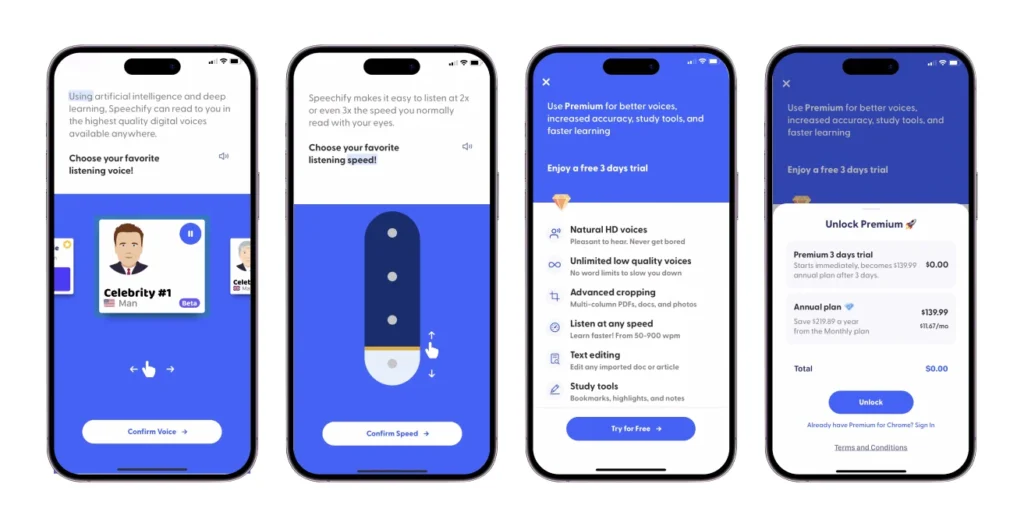
Consistency is crucial as well. Hidden states should align with a brand’s voice and personality. For instance, playful jokes in error messages might undermine trust if the product promises professionalism and dependability. These moments are extensions of the brand identity and should feel coherent.
UX design is a multidisciplinary field that brings together design, psychology, engineering, and business to create effective digital products. As the term user experience encompasses all aspects of a person’s interaction with a product or system, it is continually evolving to include emerging technologies like augmented reality, which enable more immersive and interactive experiences.
Looking Ahead
The future of these hidden states will likely emphasize intelligence and personalization even more. Onboarding processes might evolve to gather data not just from user input but also by integrating with existing tools to customize setups automatically. Empty states could transform from “nothingness” into proactive launching pads filled with ideas tailored to user goals. User feedback will play a crucial role in driving future personalization and improvements, as ongoing collection and analysis of feedback will help identify user needs and pain points.
Error handling will become smarter, moving beyond vague “try again later” messages. Apps will diagnose issues more precisely and provide personalized recovery guidance. The role of the UX designer will continue to evolve, leveraging user feedback and new technologies to create products that are more functional, accessible, and visually appealing, ultimately enhancing the user experience. Emotional design—incorporating humor, compassion, and support—will remain a key differentiator in competitive markets.
Take your company to the next level and get results with our world class user experience, interface design and implementation.
Get a FREE 30 min Strategy Session
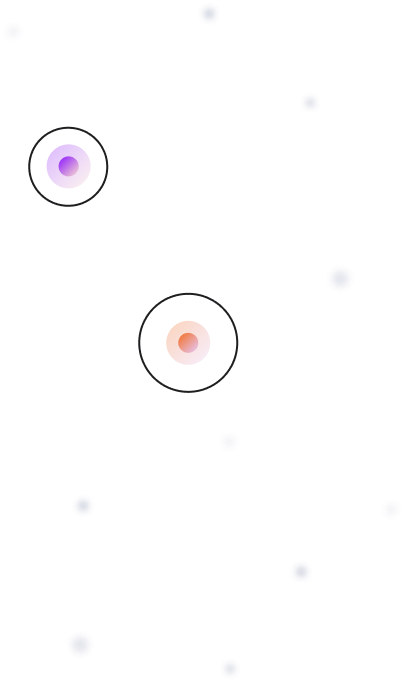
Related posts
The Aesthetics of Calm UX: How Blur and Muted Themes Are Redefining Digital Design
Have you noticed how apps and websites just feel gentler these days? Like they’re whispering instead of shouting? There’s a […]
Top 10 Custom Dashboard Design Tips for 2024
In 2024, data-driven decision-making isn’t just a buzzword—it’s a necessity. As businesses continue to evolve, the ability to make informed […]
Subscription UX for Ecommerce Brands: Turning Occasional Buyers Into Lifelong Customers
Subscription UX have become a dominant growth strategy in Ecommerce, not because they are trendy, but because they solve real […]
Creative product design that gets results
Take your company to the next level with world class user experience and interface design.
get a free strategy session
